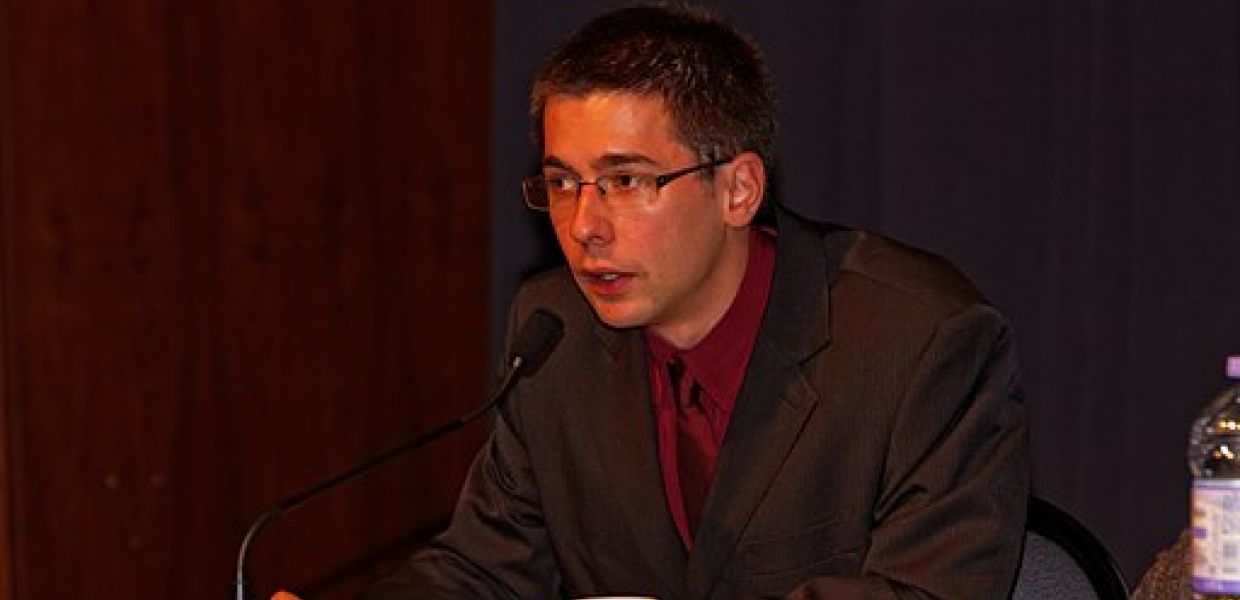Meet the Members Council: Romain Wenz
Hear directly from each of your elected Members Council representatives, and get to know them a little better.

- Title:
- By Thesupermat (Own work) [CC BY-SA 3.0], via Wikimedia Commons
- Creator:
- Thesupermat
- Copyright:
- CC BY-SA
As a manager with a strong Library and Archives background, I believe in the interoperability of data, but also of teams and skills. People are always more connected to cultural content, but not willing to pay for culture. My goal is to encourage the sharing of skills and actions towards ‘niche’ communities.
The teamwork behind digitization
I currently work for the University of Bordeaux, as a library curator. I am heading up a small team responsible for historical and rare collections. The University was created in 1441 and some of our old books date from that time. We have collections of rare books as well as archives and manuscripts. Of course, this includes a digitization process. We have our own digital library, Babordnum, which is harvested by other portals (Gallica for instance) and mostly driven by the needs of local research. One of the most interesting aspects of these projects is team work: researchers with history skills have to speak with librarians with cataloguing tasks and computer scientists or operators in the digitization processes.
Opening up archival records
I formerly worked for the French Archives (Archives de France). And here is some good news for the Open Data community: in 2017, we opened several million archival records in Encoded Archival Description, with an open license, as described here. They include a dozen partners, and more are on their way. From 2009 to 2013, I was a Curator at the French national Library (BnF), as head of the BnF's Linked Open Data project which received the Stanford Prize for innovation in Research Libraries in 2013. This project brought together data automatically extracted from catalogues (MARC), archives (EAD) and digital resources (DC). Data.bnf.fr gathers descriptive information, and links directly to online catalogues and digital documents. The first goal of the project is to make the information compliant with the ‘semantic web’ standards, by providing persistent identifiers for the resources.
Usual cataloguing and innovative trends
During previous roles, I also worked on the curation of an antique weapon collection (Clermont-Ferrand, 2006), the cataloguing of Jean-Martin Charcot's collection of rare books (UPMC, Paris, 2007), the record management for the Public Transport services of Paris (RATP, 2007), and on the European Library application profile (The Hague, 2009). I first got in touch with Europeana as an intern in 2009. Back then, the technologies were not as stable as they are today. But the benefits of digitization were more obvious: everybody wanted to put content online. In a way, it has become harder to digitize new content, because digitization in itself is not so innovative. But we need to keep bringing new content online. Lots of our documents are not, and sometimes they are not even properly described. Currently, the issue of data quality is critical, and our digitization programs have been relying on the quality of the cataloguing work that was done in the past decades. We have a lot of ‘usual’ cataloguing to do if we want to improve our digital libraries, as much as we have to keep identifying trends.

